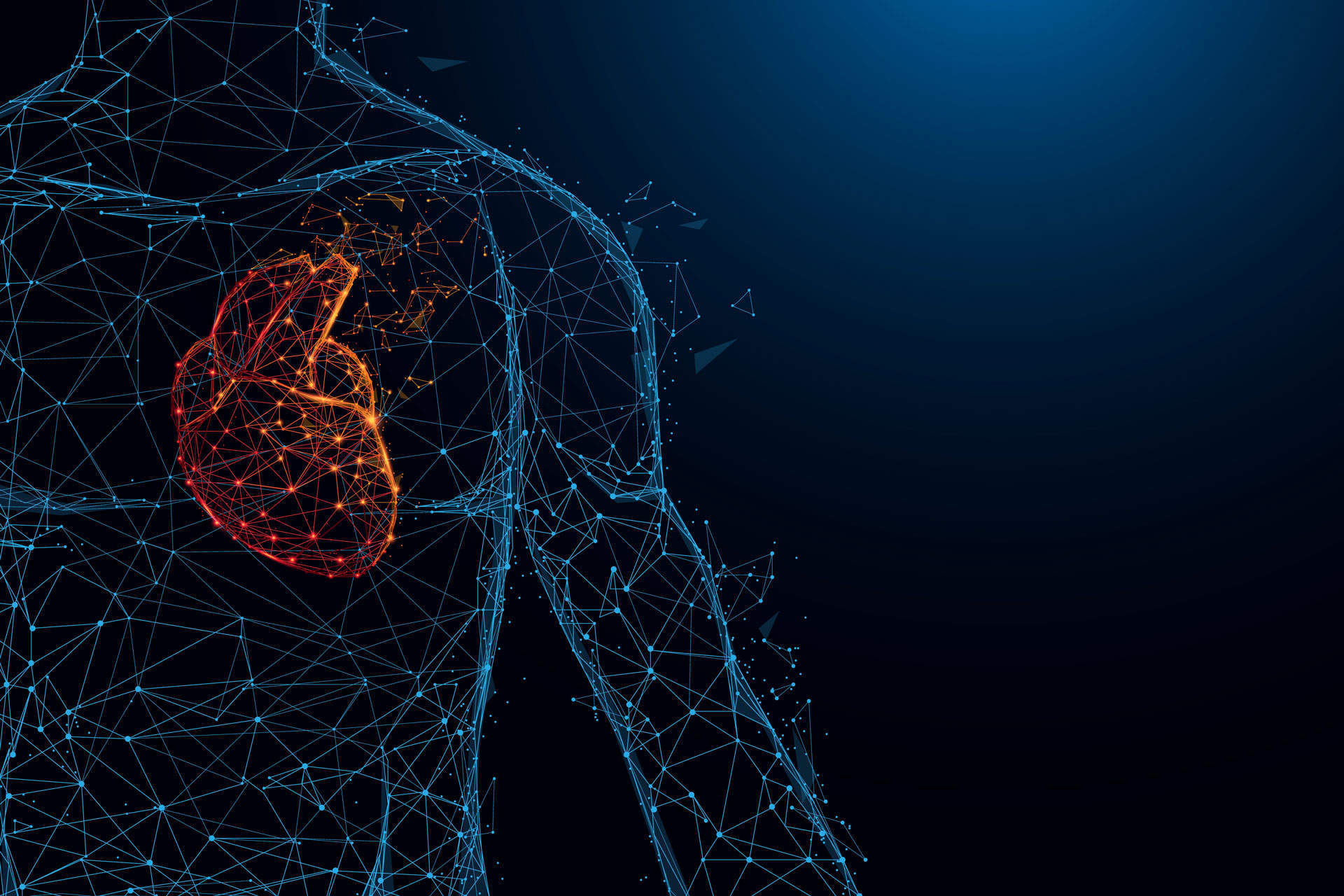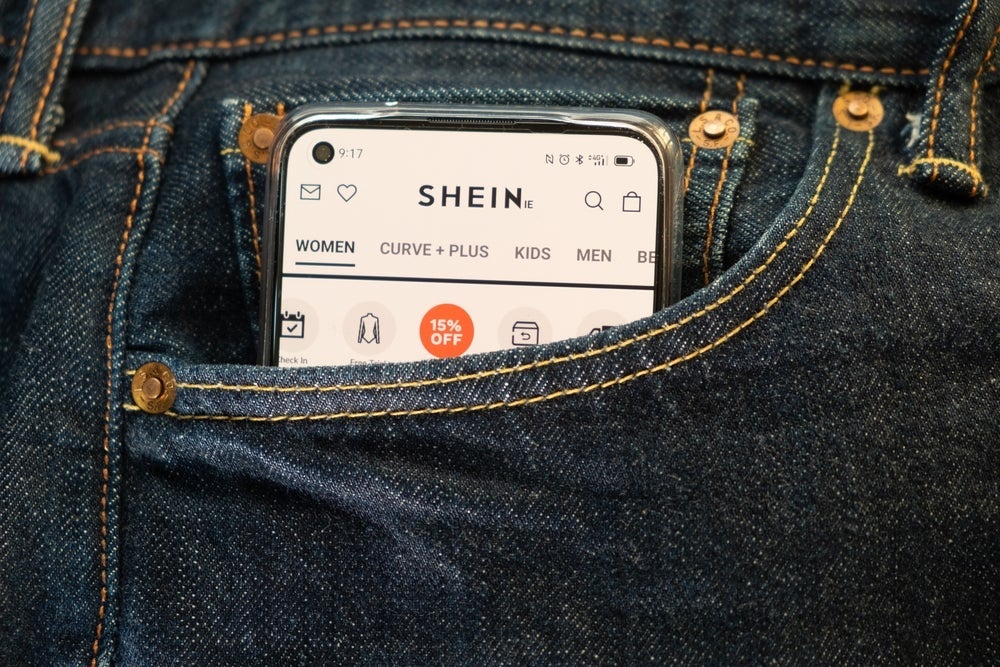
Researchers at Brunel University London have used artificial intelligence (AI) to correctly identify coronavirus on patients’ lungs.
The algorithm uses image analytics to detect Covid-19, SARS and MERS, and was shown to be accurate when tested on X-ray images from patients with confirmed cases.
Image analytics can be used to understand what to look for in X-rays and spot signs of disease, which can then be classified using deep learning.
Although image analytics alone cannot identify specific diseases, when combined with deep learning, it can help doctors during diagnosis. This may be useful in reducing pressure on radiologists.
With more information such as gender and age predict how the patient may be affected and how the disease may develop.
As well as Covid-19, the technology could also be used to identify signs of other lung diseases such as asthma, lung cancer and pneumonia.
How well do you really know your competitors?
Access the most comprehensive Company Profiles on the market, powered by GlobalData. Save hours of research. Gain competitive edge.

Thank you!
Your download email will arrive shortly
Not ready to buy yet? Download a free sample
We are confident about the unique quality of our Company Profiles. However, we want you to make the most beneficial decision for your business, so we offer a free sample that you can download by submitting the below form
By GlobalDataCommercialising AI that can identify coronavirus
Researchers are now exploring the commercialisation of the technology.
“New techniques in image analytics and AI can, and should, play an instrumental role in restraining the spread of COVID-19. By automatically and accurately identifying the disease,” said Abdul Sadka, Professor of Electronics and Computer Engineering at Brunel University.
“With the virus not going away anytime soon, this technology has the capability to massively ramp up our response to the disease and enable the healthcare specialists to identify, monitor and handle the treatment of pulmonary diseases.
“What is needed now is for the business sector to come forward and help get it out to the NHS as soon as practically possible.”
Brunel University is just one organisation exploring the use of AI in coronavirus diagnosis. Chinese e-commerce giant Alibaba has developed a coronavirus diagnosis tool, which has already been trialled in patients in China and could soon be available to doctors in Europe.
Read more: NHS trials AI system to predict coronavirus ventilator demand.







